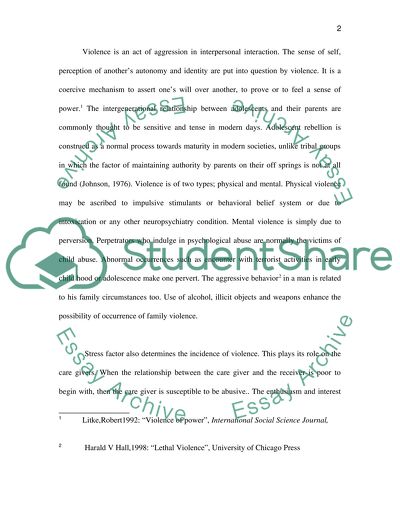Cite this document
(“Elder Abuse and The Cycle of Violence Essay Example | Topics and Well Written Essays - 3000 words”, n.d.)
Elder Abuse and The Cycle of Violence Essay Example | Topics and Well Written Essays - 3000 words. Retrieved from https://studentshare.org/sociology/1527398-elder-abuse-and-the-cycle-of-violence
Elder Abuse and The Cycle of Violence Essay Example | Topics and Well Written Essays - 3000 words. Retrieved from https://studentshare.org/sociology/1527398-elder-abuse-and-the-cycle-of-violence
(Elder Abuse and The Cycle of Violence Essay Example | Topics and Well Written Essays - 3000 Words)
Elder Abuse and The Cycle of Violence Essay Example | Topics and Well Written Essays - 3000 Words. https://studentshare.org/sociology/1527398-elder-abuse-and-the-cycle-of-violence.
Elder Abuse and The Cycle of Violence Essay Example | Topics and Well Written Essays - 3000 Words. https://studentshare.org/sociology/1527398-elder-abuse-and-the-cycle-of-violence.
“Elder Abuse and The Cycle of Violence Essay Example | Topics and Well Written Essays - 3000 Words”, n.d. https://studentshare.org/sociology/1527398-elder-abuse-and-the-cycle-of-violence.


